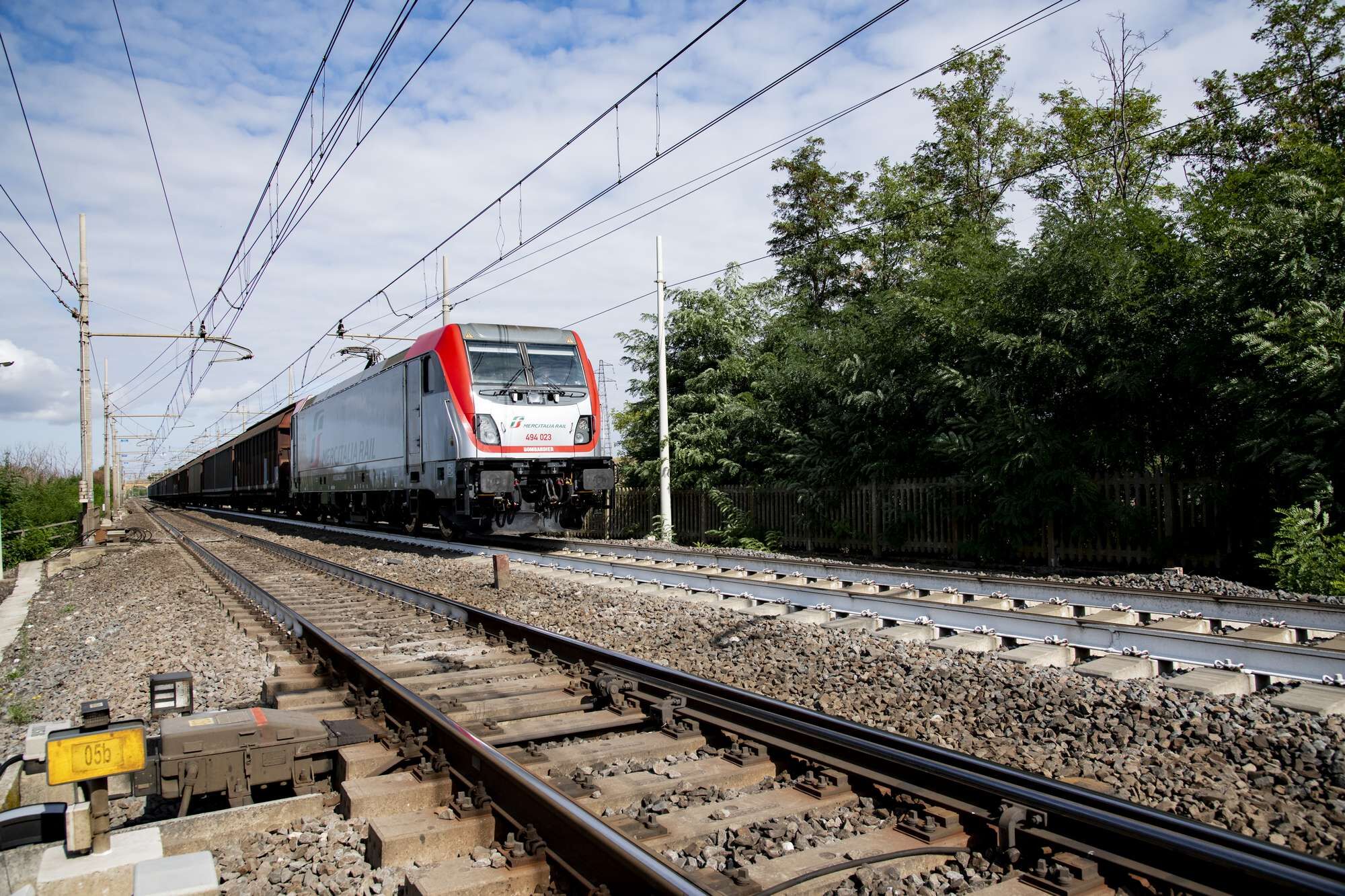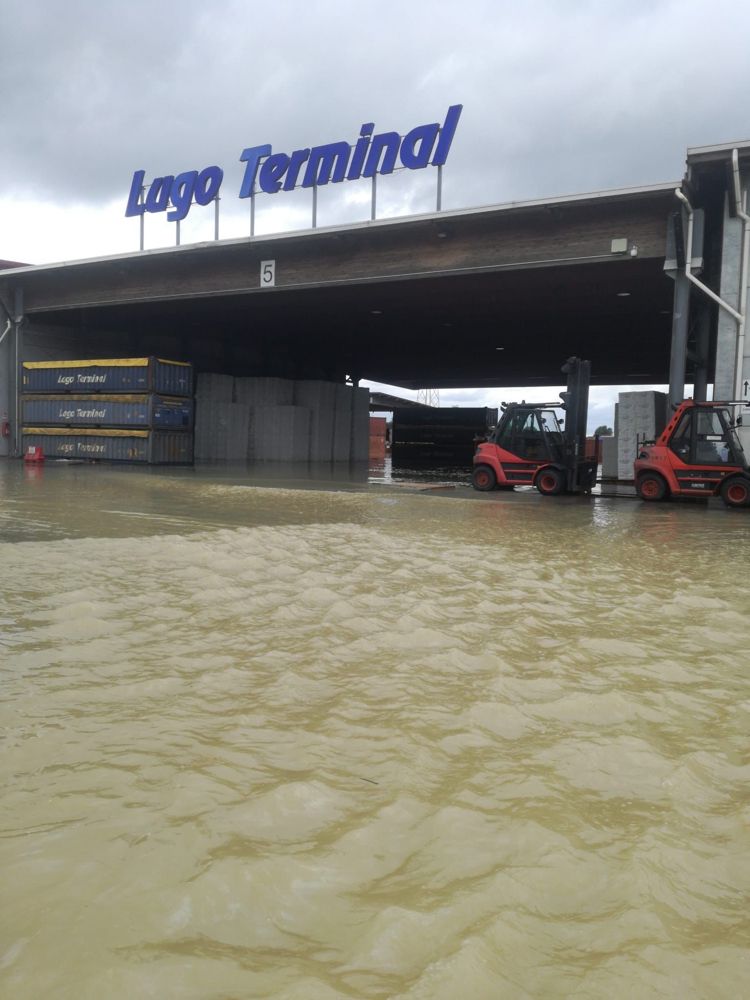Freight trains back on track after floods in Italy

Freight trains are running again after storms flooded the Italian region of Emilia-Romagna. Both the Italian state-owned rail freight company Mercitalia and Lugo Terminal, one of the most active companies in the area, stated that their trains have been running again since 30 May.
Freight trains have not been running for a couple of weeks, after a second wave of flooding in mid-May. Italian infrastructure manager Rete Ferroviaria Italiana took care of repairing the tracks on the Adriatic railway line, which runs on the Italian east coast from the Apulia region to Bologna.

The Italian region of Emilia Romagna, in the northeast, was hit by catastrophic flooding that caused 14 victims and stranded tens of thousands. Lugo Terminal was among the rail freight companies that were hit hardest by the floods. Their terminal was completely covered in water and their phones were not working for a couple of days after the disaster. Another company quite active in the area is GTS, which found viable alternatives by using the Tyrrhenian line, on the Italian west coast and by using trucks where the railway was unusable.

The recent floods in Emilia Romagna
The situation in Emilia Romagna took a drastic turn this month, with six months’ worth of rain coming down on the region in a span of two weeks. As the Region mentioned, 43 towns have been affected by the floods, which caused 21 rivers to overflow on the streets. Over 600 roads have been closed as well, 225 partially and 397 fully. Moreover, there are concrete risks of landslides, with over 1,000 being active, of which over 300 are considered dangerous. The weather alert remains in place today as well, despite rain is not forecasted.
Also read:




